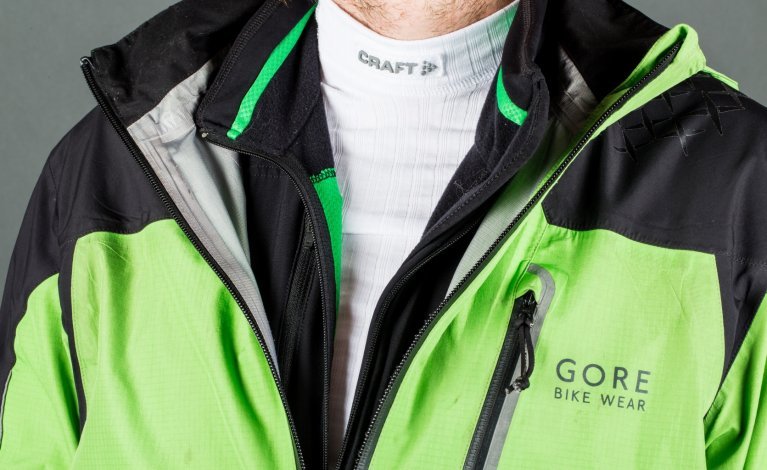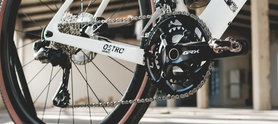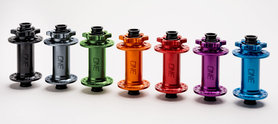
Layered clothing – if you are dressed right, fun is guaranteed!
Don’t let the weather ruin your ride! Take a look at our tips for what to wear when the weather gets colder.
"Forget bad weather with the right clothing“
The challenge in selecting the adequate clothing for a bike ride usually lies in finding the right combination for changing weather conditions. Especially on long outings in the mountains, sunshine can turn into rain very quickly. In addition, garments that are wet from sweating can quickly drain all the warmth from your body and with it goes your energy. Functional clothing should wick away sweat and excess moisture and regulate temperature. Functional clothing should, therefore, provide a kind of warmth and moisture management. The body should be kept warm and the unnecessary sweat, which is not needed to cool down the body, should be transferred away from the skin. This function is called thermophysiological comfort.
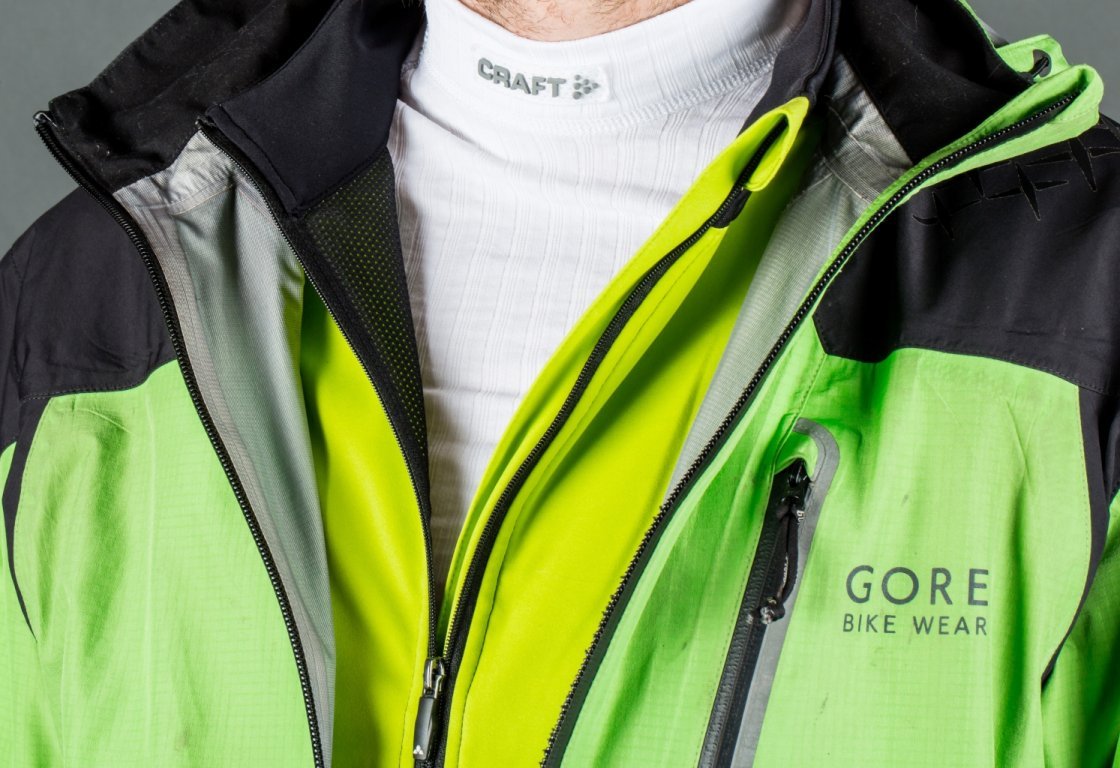
-
Let’s take a closer look at how this works.
A well-known principle to keep your body warm on cold days is layering. This describes a way of dressing, using many garments that are worn on top of each other. The complete system consists of 3 main layers, each having its own function that need to work well together. The advantage of wearing several thin garments is better insulation. Air is trapped between them and air cushions are formed, this is also known as “thermal insulation”. The main focus, rather than choosing the right materials of the single layers, is to match the clothing to the conditions so that the body doesn’t freeze or sweat too much. Accessories such as a helmet cap, gloves, arm or leg warmers complete your outfit. Your individual temperature sensitivity is crucial to how this principle is used to reach your personal comfort zone.
The first layer (inner layer or base layer) is the underwear. This layer should be worn snug on the body to let moisture out and wick it away from the body. The second layer (mid layer) is the insulation layer and the third layer (shell layer) protects from wind and water. The layers should be selected carefully, because if the wrong material is chosen the system does not work anymore.
Also important: our focus in this report is the protection of the upper body. Nevertheless, keeping the lower part of your body dry and warm should not be neglected.
Layer 1 - The inner layer
The inner layer, the underwear, has two functions to fulfil. First, keeping moisture away from the skin and second, the cooling of the body. The best results are achieved when the inner layer sits close to the skin.
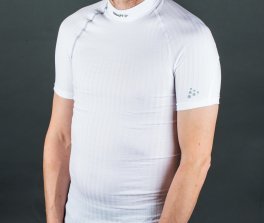
-
Some functional level one shirts enlarge the evaporation area on the outside of the shirts, to keep the skin dry. Manufacturers use different materials for the production of functional clothing. For example, Craft uses Hexachannel hollow fibres or water-repellent materials on the inside and water-absorbing textiles on the outside. Gore also uses a similar, 2 material system. These are just examples, there are also shirts made of other materials such as polyester, polyamide, or polypropylene mixtures, sometimes with merino wool.
Layer 2 - The mid layer
The mid layer is the insulator. As mentioned before, it makes sense that more thin layers are worn in this part of the system. They should be moisture resistant, and breathable to get rid of unnecessary sweat.
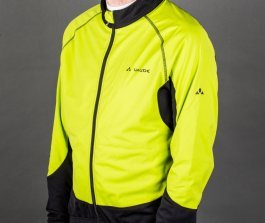
-
For example, a shirt with a high quantity of polyester absorbs sweat, but also dries fast without cooling down the body temperature too much. However a pure cotton shirt absorbs sweat and stays wet, and through the wet cloth, the system is interrupted.
Due to the moisture that is kept in a pure cotton shirt, the body cools down faster and the whole system does not work anymore. That is why pure cotton shirts are not recommended. Polyester and polyurethane are the most common materials used for functional shirts.
Layer 3 - The shell layer
The shell layer (the third layer) is the weather shield. This shield’s main function is to protect against rain, snow and wind. This layer should also be breathable to allow the moisture, created by the evaporation of sweat, to diffuse outwards.
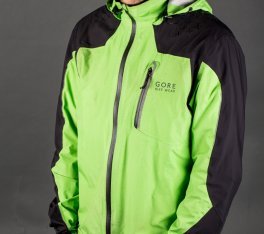
-
Very fine pores in the material make this possible. The pores are so small that the moisture can go through the membrane, but the much larger water drops remain outside. Water- and windproof membranes such as GORE-Tex or Ceplex advanced are perfect for this purpose. Windproof materials such as Windstopper, are also used and make these jackets an important component of the layer system. The third layer is not always necessary, it depends on the weather and how you feel.
In the end, layering makes it easier to select the right clothing. It is a tried and true method helping you to perform at your best.

